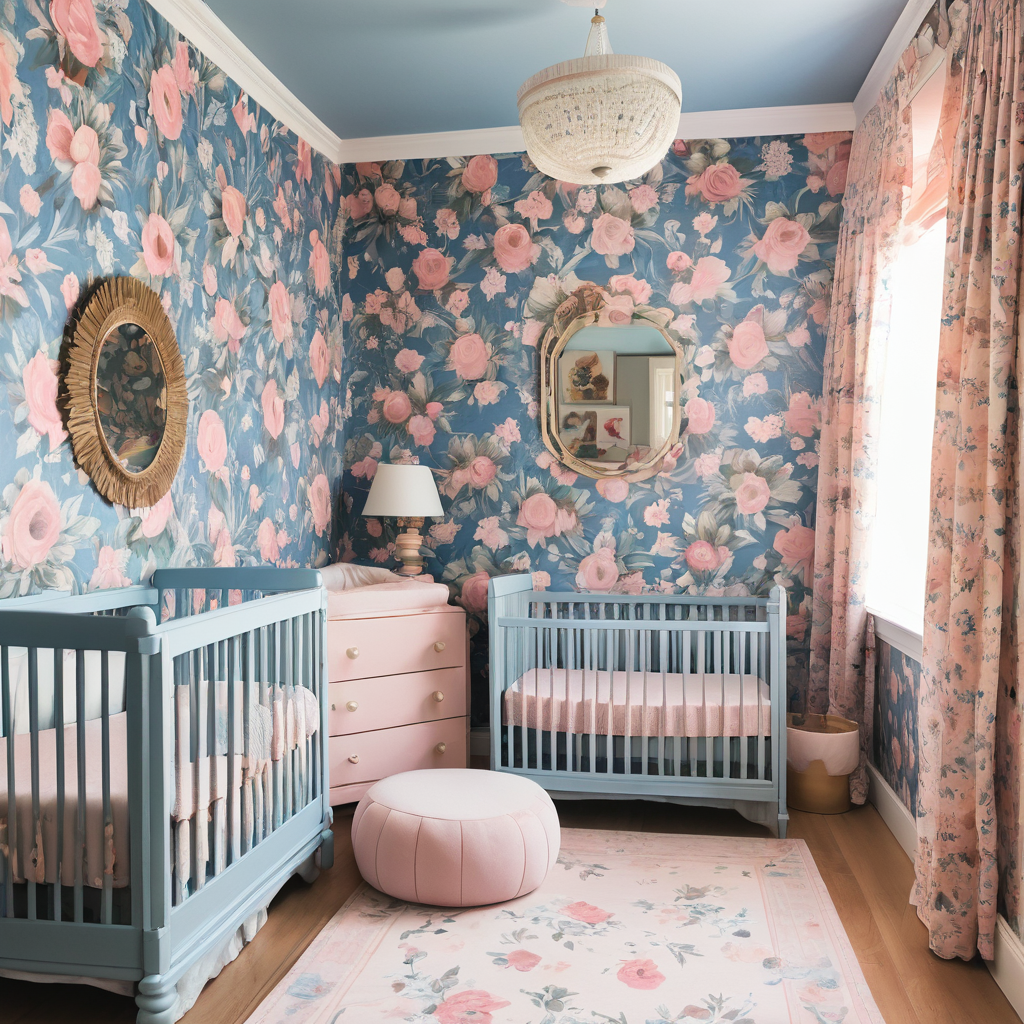
Wallpaper has been a popular choice for adding color, pattern, and texture to walls for centuries, and its versatility and aesthetic appeal continue to make it a go-to option for interior designers and homeowners alike. However, like any design element, wallpaper comes with its own set of advantages and disadvantages that should be considered before making a decision. In this article, we will delve into the pros and cons of wallpaper to help you determine if it is the right choice for your next interior design project.
Pros of Wallpaper:
- Endless Design Options: Wallpaper offers an extensive range of designs, patterns, colors, and textures that can transform a room and create a unique and personalized aesthetic. From bold geometric prints to subtle textures, wallpaper allows for endless design possibilities to suit any style preference.
- Hide Imperfections: Wallpaper can conceal imperfections on walls, such as cracks, uneven surfaces, or blemishes, providing a smooth and flawless finish that enhances the overall look of the room. This makes wallpaper an ideal solution for older homes or walls with minor damage.
- Easy to Install and Remove: Modern wallpaper is often designed for easy installation and removal, making it a convenient and temporary way to update the look of a room without the commitment of permanent changes. Peel-and-stick wallpapers, in particular, have made the installation process quick and hassle-free.
- Adds Depth and Dimension: Wallpaper can add depth, visual interest, and a sense of luxury to a space, especially when used on an accent wall or in small doses. Textured wallpapers, metallic finishes, and mural wallpapers can create a focal point and elevate the design of a room.
- Durable and Long-Lasting: High-quality wallpaper is durable, washable, and resistant to fading, making it a practical choice for high-traffic areas, such as living rooms, hallways, and children’s rooms. Wallpaper can maintain its appearance and integrity for years with proper care.
Cons of Wallpaper:
- Difficult to Remove: While some wallpapers are designed for easy removal, others can be challenging to take down, requiring time, effort, and potentially damaging the wall surface in the process. Preparing the walls properly before installation can help mitigate this issue.
- Costly Investment: Quality wallpaper can be a significant investment, especially when considering the cost of materials, installation, and professional labor if needed. Custom or designer wallpapers can come with a higher price tag, impacting the overall budget of a project.
- Limited Lifespan: Unlike paint, which can be easily touched up or repainted, wallpaper has a limited lifespan and may require replacement or updating every few years to keep up with changing design trends or personal preferences.
- Susceptible to Moisture Damage: In areas with high humidity, such as bathrooms or kitchens, wallpaper may be prone to moisture damage, peeling, or mold growth. Choosing moisture-resistant or vinyl-coated wallpapers can help mitigate this risk.
- Pattern Matching and Alignment: Achieving seamless pattern matching and alignment during wallpaper installation can be challenging, especially for intricate or large-scale patterns. Professional installation may be necessary to ensure a flawless finish.
In conclusion, the decision to use wallpaper in your interior design project should be based on a careful consideration of the pros and cons outlined above. While wallpaper offers versatility, style, and durability, it also comes with challenges such as cost, maintenance, and installation issues that should be weighed against its benefits. By understanding the advantages and limitations of wallpaper and how they align with your design goals, personal preferences, and lifestyle, you can make an informed choice that enhances the beauty and functionality of your space while reflecting your unique style and vision.
Cedar Hill St. Louis Jefferson County Olivette Kirkwood Ballwin Arnold Franklin County St Charles County Fenton High Ridge Dittmer Creve Coeur
